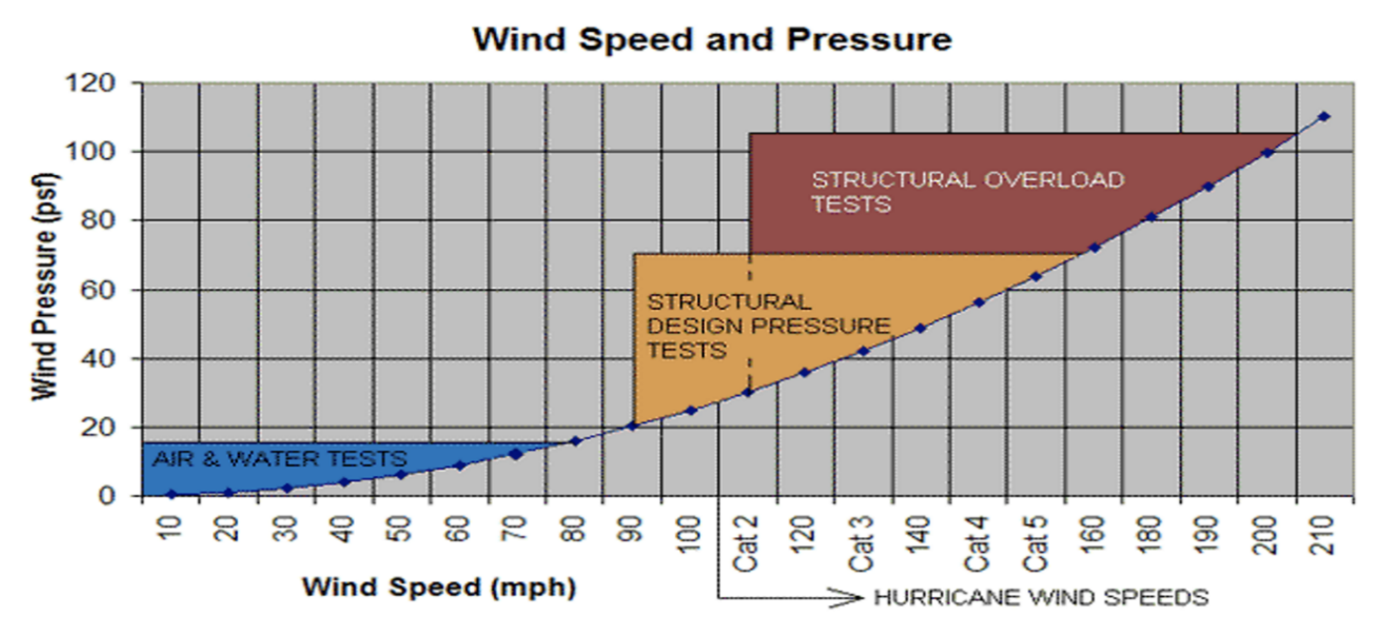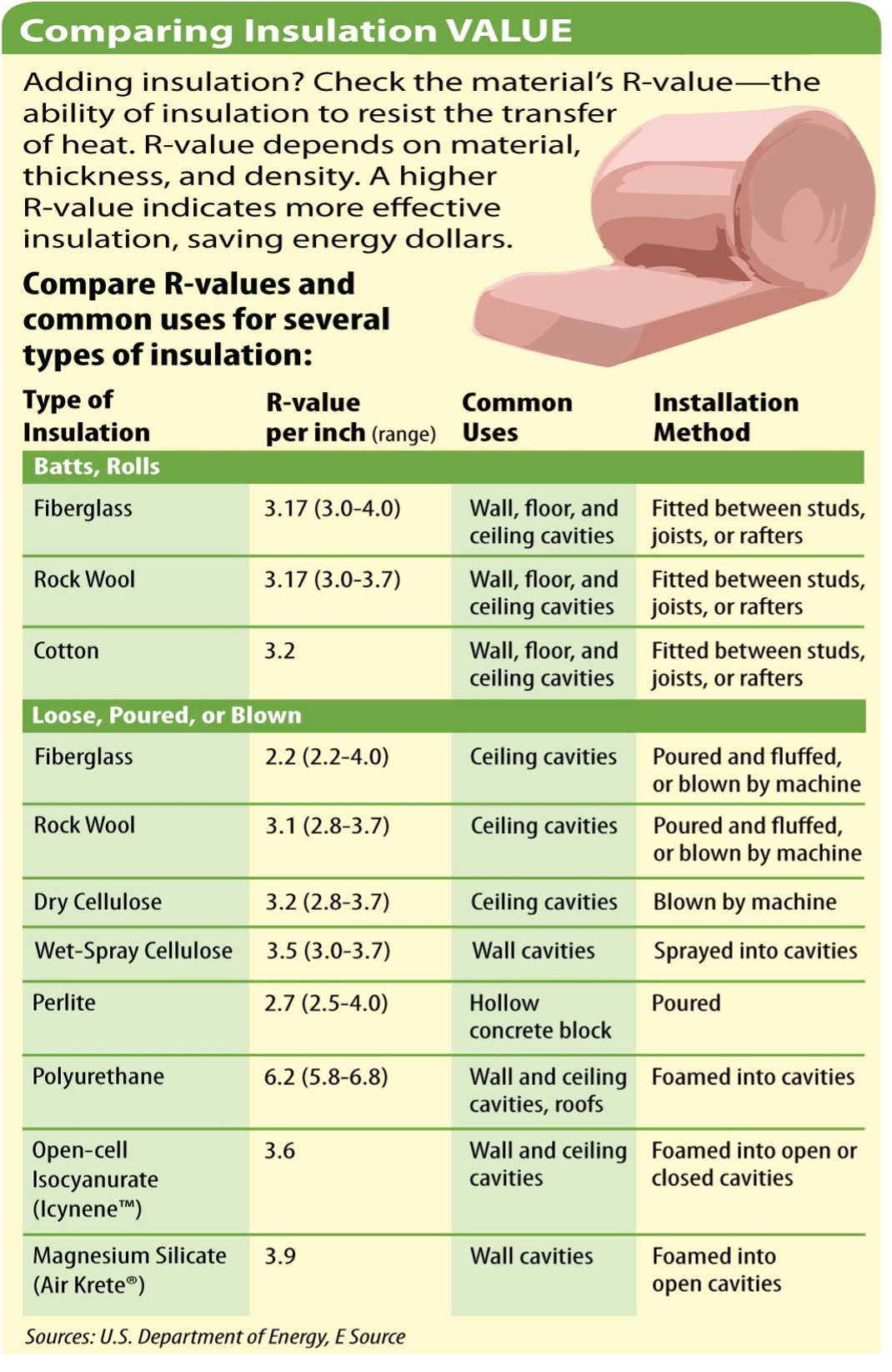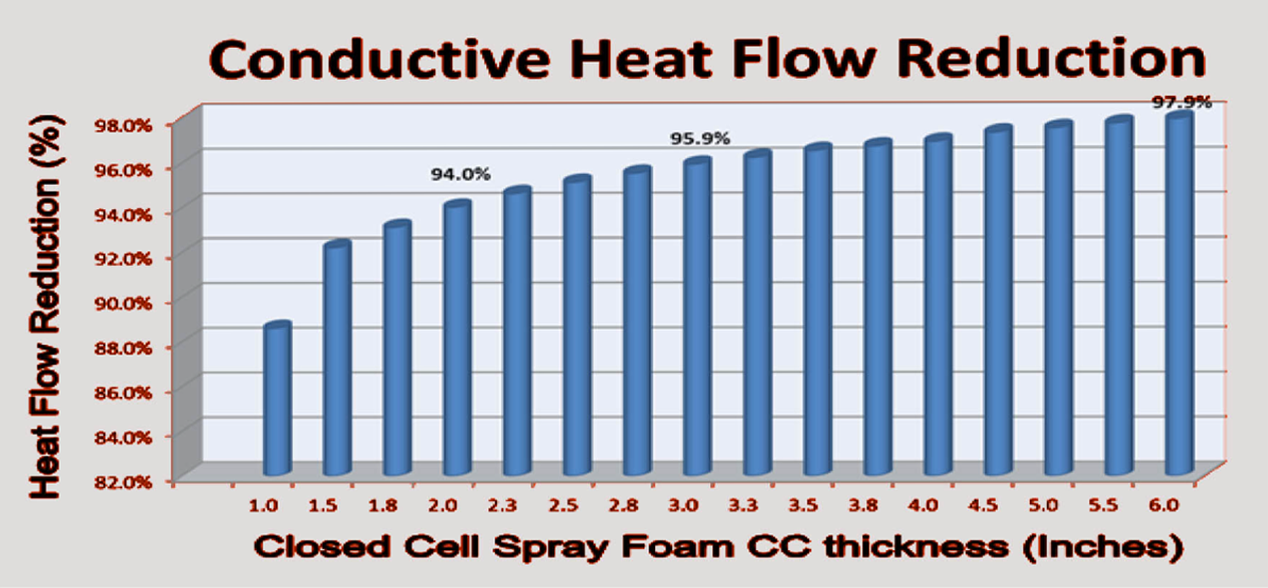It’s not just downpours either. The climate is delivering extreme heat and drought conditions in many areas as well. Such monstrous life-threatening weather isn’t likely to stop. In fact, it’s more likely to worsen, damaging crops, disrupting transportation, and impeding construction. And on top of that damaging properties and perhaps causing famine, one expert says.
Three factors are influencing these weather patterns:
First: we are in the midst of a so-called Grand Solar Cycle minimum, says agriculture and weather expert Shawn Hackett in his recent Hackett Money Flow Report newsletter. That’s a time when the number of dark spots on the solar surface falls. That leads to a highly amplified undulating Jet Stream weather system leading to off the charts weather extremes such as floods, droughts and higher or lower than normal temperatures, he writes.
Second: The one-in-a-1000 year Tonga eruption has caused a rare climate event where record amounts of water vapor; over 58,000 Olympic-size pools, or roughly an increase of 10% of the vapor already in the atmosphere, according to Nasa, were thrusted into the stratosphere allowing massive amounts of moisture to supply storm systems in the form of epic flooding and the equal prospect of record heat stemming from the greenhouse gas qualities that make water vapor the poster child for this mechanism.” These extreme conditions typically last up to five years before a peak and a five years after. That leaves another two years before the most atrocious weather patterns arrive, Hackett writes.

An image from Jan. 16, 2022, shows the ash plume from the Hunga Tonga-Hunga Ha’apai volcanic eruption that occurred the day before. An astronaut took a photograph of the plume from the International Space Station. u003cstrongu003eCredits: NASAu003c/strongu003e
A Lasting Impression
Volcanic eruptions rarely inject much water into the stratosphere. In the 18 years that NASA has been taking measurements, only two other eruptions – the 2008 Kasatochi event in Alaska and the 2015 Calbuco eruption in Chile – sent appreciable amounts of water vapor to such high altitudes. But those were mere blips compared to the Tonga event, and the water vapor from both previous eruptions dissipated quickly. The excess water vapor injected by the Tonga volcano, on the other hand, could remain in the stratosphere for several years.
This extra water vapor could influence atmospheric chemistry, boosting certain chemical reactions that could temporarily worsen depletion of the ozone layer. It could also influence surface temperatures. Massive volcanic eruptions like Krakatoa and Mount Pinatubo typically cool Earth’s surface by ejecting gases, dust, and ash that reflect sunlight back into space. In contrast, the Tonga volcano didn’t inject large amounts of aerosols into the stratosphere, and the huge amounts of water vapor from the eruption may have a small, temporary warming effect, since water vapor traps heat. The effect would dissipate when the extra water vapor cycles out of the stratosphere and would not be enough to noticeably exacerbate climate change effects.
Third: The Gleissberg cycle, which is in fact a cycle of the 11-year sunspot cycles usually lasting around nine decades. At the end of the cycle, which is where we are near now, the peak and trough counts of sunspots are lower than normal. The last time this happened was nine decades ago in the 1930s.
“The 1930’s experienced one the hottest daytime temperature extremes in U.S. history,” Hackett writes. In other words, expect the peaks and troughs of weather to get worse over the next 24 months. In turn, these potentially violent or extreme weather patterns will hurt crops in ways few people will have seen.
The complexity of volatile weather conditions featuring torrential rains, abnormal temperatures, more violent winter and summer storms indicate the need for stronger, more resilient structures able to protect your living and working environment, but maintain a comfortable interior that can be maintained in an efficient manner.
The main forces affecting structural stability are:
- External forces – Extra weight; abnormal snowfalls.
- High winds from cat 5 hurricanes and the expanding areas of tornadic activity.
- Flying debris and very large hail
- Shifting soil
- Torrential rains resulting in record flooding.
Extreme fluctuations in temperature and humidity cause expansion and contraction cycles in structures resulting material fatigue, loss of heating and cooling efficiency, higher energy costs to maintain a stable interior environment.
Please note the following documented evidence of the viability of Spray Polyurethane Foam, SPF,
in maintaining structural stability in extreme weather.
Spray Foam’s Hurricane, Flood & Wind Resistance Performance in Commercial Facilities By Maxime Duzyk May 11, 2021. See FEMA updates as of June 2024
The increasing number and intensity of hurricanes and storms in the United States is not only cause for general safety concern but is top-of-mind for builders, contractors and facility owners who have witnessed the damage that may be incurred to commercial structures. Stanford University researchers recently attributed a $75 billion price tag specifically to the flood damage incurred in the U.S. over the past three decades, caused by intensifying rainfall driven by climate change. Another report by reinsurance company Munich Re determined that in 2020 the world’s six most expensive disasters occurred in the U.S., the worst of which was Hurricane Laura.
Commercial facilities are in fact vulnerable to serious storms and inclement weather. First Street Foundation, the non-profit research and technology group, asserts that more than 14 million properties across the Unites States are susceptible to flood damage. Luckily building material innovations have resulted in options that, when applied properly, can assist in protecting commercial facilities from severe weather events as they grow in frequency and intensity. Closed cell spray polyurethane foam (SPF) is one such material. When applied in a seamless, contiguous manner in walls, ceilings, floors and on the roof, closed cell SPF protects the structure from serious, costly damage.
Structural Strength and Wind Resistance
The application of closed cell spray polyurethane foam in above grade walls can also increase the structural strength of buildings and assist with wind resistance. The degree of hardening depends primarily on the strength of the building to begin with. For example, an I-beam modular constructed metal building with a 22-gauge metal panel will benefit significantly less from an interior application of closed cell spray polyurethane foam than a post-frame constructed building with 29-gauge corrugated metal panels will. When installed, closed cell SPF essentially glues the assembly together, reduces the potential for movement and adds a tensile strength average ranging from 40 psi to 70 psi and compressive strength of 40-80 psi.
The Spray Polyurethane Foam Alliance conducted racking performance tests in 1992 and 1996 and at Architectural Testing, Inc. in York, PA in 2007 demonstrating that medium density closed cell SPF, installed at 2.0 pounds per cubic foot, increases racking strength by 70% to 200% in wall assemblies sheathed with oriented strand board (OSB), plywood, gypsum wallboard, vinyl siding and polyiso board. The research proved closed cell SPF significantly increased rack and shear strength in both wood and metal construction. Installed SPF also increases the strength of weaker substrates such as gypsum drywall, vinyl siding and polyiso foam insulation at a much greater percentage than stronger substrates such as OSB and plywood. Notably, special bracing for wind resistance is not required for strengthening purposes when using closed cell spray foam in walls. Since that time closed cell spray foam formulations have been upgraded to HFO blends which have even greater compressive strength (40-80 psi) and very low CWP of 1; which is the same as CO2.
In addition, the racking strength increase is not just a spot measure but applies to the whole structure. It is applied in a seamless fashion with no breaks, gaps in coverage or flex points. Thus, the structure is resistance to the shearing and multidirectional forces exerted during extreme weather conditions of hurricanes, tornados and earthquakes.
Roofing & Wind Uplift
Spray polyurethane foam roofing, a denser closed cell option from 2.5 to 3.5 pounds/ft3, is also an ideal solution for commercial structures located in hurricane prone regions such as the Southeast, Gulf Coast, East and West Coast and Puerto Rico. The material’s adhesion qualities make it particularly ideal where severe weather cycling, storms, wind, hail and other conditions frequently cause damage. As a roofing material, spray foam forms a durable, monolithic membrane over the roof and offers a compressive strength of approximately 40 to 80 pounds per square inch, depending on its density. See chart in increasing hazard section. It also changes little with time and, when properly maintained has an indefinite life span.
Spray foam roofing increases wind uplift resistance when installed to the roof substrate and, when applied to concrete, wind uplift protection is even stronger. The material also resists peeling failure, which is a result of wind pulling flashings and copings away from a roof’s edges, which can ultimately lead to devastating damage to the structure.
Current high-performance spray foams demonstrate wind uplift resistance by meeting the High Velocity Hurricane Zone (HVHZ) criteria of the Florida Building Code. Notably, the material’s ability to withstand leaks due to hail is also unsurpassed.
The National Institute of Standards and Technology reviewed roof damage following Hurricane Katrina and discovered that buildings roofed with spray foam performed well without blow-off of the SPF or damage to flashings. The 2006 report found only one of the examined SPF roofs incurred notable damage and concluded that spray foam kept the roofs intact, prevented moisture from entering the buildings, and protected the structures from hail and debris.
Water Resistive Barrier & Flood Resistance
Closed cell spray foam is ideal for continuous insulation applications in commercial structures and can be used in both interior and exterior applications where it can essentially replace commonly utilized rigid XPS and PIR foam boards. The material boasts extremely low water absorption as well as resistance to mold, as demonstrated with ASTM C1338. Closed cell spray foam excels as a water resistive barrier on exterior applications and is tested in accordance with ASTM E2357 with a pressure up to 300 Pa for Air Barrier Assemblies which included the ASTM E331 (AC71) Water Penetration Testing. The result was no leakage through the spray foam.
When applied in walls, ceilings and floors, FEMA names it a Class 5 material, the highest classification for products indicating strong resistant to floodwater damage. Class 5 materials do not require special waterproofing protection, can survive wetting and drying and may be successfully cleaned after a flood to render them free of most harmful pollutants. In order for FEMA to consider a material to be flood-resistant, it must be able to withstand direct contact with floodwater for an extended period (72 hours) of time.
As a Class 5 solution, closed cell spray foam provides both time and money savings for owners of commercial structures which have endured flood conditions and may be applied as cavity insulation or as continuous insulation in commercial structures and still qualify as a Class 5 material. It is the only cavity insulation approved by FEMA with this highest floodwater resistance. When applied under slab as insulation, closed cell spray foam is also flood resistant.
References
- CNBC, Climate Change has Cost the U.S. Billions of Dollars in Flood Damage, Study Finds, https://www.cnbc.com/2021/01/11/climate-change-has-cost-the-us-billions-of-dollars-in-flood-damage.html
- First Street Foundation, The First National Flood Risk Assessment: Defining America’s Growing Risk, http://assets.firststreet.org/uploads/2020/06/first_street_foundation__first_national_flood_risk_assessment.pdf
- FEMA, Flood Damage-Resistant Materials Requirements for Buildings Located in Special Flood Hazard Areas in Accordance with the National Flood Insurance Program, Technical Bulletin 2, August 2008
- Honeywell, Insulation and Waterproofing for Metal Buildings and Metal Roof Systems: The Case for Using Better Insulation and Waterproofing Technologies in Metal Roof Systems and Metal Buildings
- Architectural Testing, Performance Test Report Rendered to Spray Polyurethane Foam Alliance, Project: Racking Load Tests, 2007.
- National Institute of Standards and Technology, Performance of Physical Structures in Hurricane Katrina and Hurricane Rita: A Reconnaissance Report, 2006
In order to preserve structural stability and provide the necessary energy efficiency for your residence or other buildings, the roof and associated exterior walls need to be reinforced and properly insulated. An excellent material to support both of those contingencies is closed cell spray polyurethane foam (SPF)
When installed, closed cell SPF provides a monolithic structure essentially gluing the assembly together which reduces the potential for movement and adds a compressive and tensile strength ranging from 40 to 80 PSI (5,760 – 11,520 ft2). This strength is additive over the entire exterior surface of the structure allowing to withstand cat 5 hurricanes, flooding, flying debris and extremely heavy snow accumulations. Please note the chart below for wind pressure rating in lbs per ft2 vs wind speed.

Note: the very light weight (PCF) of the foam coupled with the monolithic properties and the strong adhesive nature of the foam provide extremely high strength factors relative to the forces associated with wind speed. The wind pressure ratings of closed-cell foam (5,760-11,520 ft2) for every inch of foam are well above snow fall accumulation weights and extreme weather wind events on a SPF Roof and Wall System.
In addition, the interior of the structure becomes conditioned space which is separated from the outside elements and has a strong tendency to maintain that condition with little energy expenditure.
In addition, the interior of the structure becomes conditioned space which is separated from the outside elements and has a strong tendency to maintain that condition with little energy expenditure. The quality of insulating materials to prevent heat transfer is primarily determined by its R-value (resistance to heat or thermal energy transfer) and energy efficiency (ratio of retainage of conditioned air within a confined area; air seal or prevention of convective energy transfer). The most important factor in interior building comfort and temperature/humidity control is minimizing convective air transfer. If your heating and cooling systems are constantly running to maintain the desired temperature and humidity levels, your energy costs will be exorbitant and your structure will have that “drafty” feelings where you are always uncomfortable; either too hot or too cold.
A depiction of insulating material R-values and the potential loss
of energy efficiency due to air leakage follows:


Closed-cell Spray Polyurethane Foam (SPF) has the highest R-values and associated energy efficiency of currently available materials. The following is a graphic of the thermal efficiency of closed SPF per inch of coverage. The measure of thermal efficiency is an indicator of the capacity of the insulating material to maintain the desired interior temperatures with minimal energy expenditures. In addition, closed-cell foam is highly water and flood resistant protecting against winter freeze-thaw cycles.

Extreme Weather Hazards and Protection
Green Shield Products provides innovative roofing system’s with unique warranties designed to offer exceptional protection and value. These exclusive warranties include:
- Unlimited wind coverage for up to Category 5 hurricanes.
- Severe hail resistance, ensuring durability in extreme weather conditions.
- Leak-proof warranties extending up to 30 years, offering long-term peace of mind.
Additionally, Green Shield’s products qualify for tax deductions by significantly reducing energy consumption. Backed by ASHRAE 90.1 energy models, our products can provide detailed insights into the percentage of energy savings you can expect compared to past energy bills. This added benefit not only contributes to long-term cost savings but also promotes sustainability and efficiency in your building. The roofing systems achieve a GWP rating of 1, emphasizing their environmental sustainability. Green Shield also offers comprehensive on-site support, ensuring customized roofing and insulation solutions tailored to your specific needs.
Energy requirements
Closed-cell foam can produce energy efficient ratings in excess of 95%, with 2.5 inches of foam. In addition, closed-cell foam is highly water and flood resistant and does not lose insulating and structural properties if wet.
Several studies done at Texas A&M University indicate that the energy savings alone paid for the roofing system and all the other benefits such as the following were essentially included:
- Storm damage resistant along with easy repair since damage, if any is localized.
- Minimal maintenance.
- Stronger more sustainable buildings. Especially important in areas of extreme weather
- Year round comfort and control of interior environment.
- Roof contouring to eliminate drainage issues and water ponding.
- Life of the roofing system is indefinite as it easily renewed with cleaning and/or additional coatings to prevent weathering damage to roof.
- 5-30 year renewable warranties available.
Our GreenSeal 2.0 to 3.5 products are the best solution to strengthen, protect and insulate your roof and walls from extreme weather conditions in any area of the US. Free inspection available upon request. Closed-cell foams do require specialized equipment and professional installation for proper application and performance.

